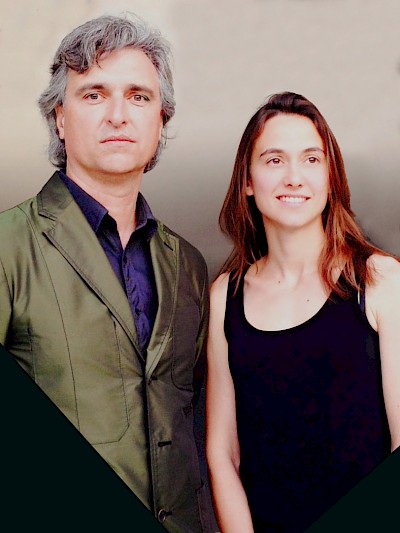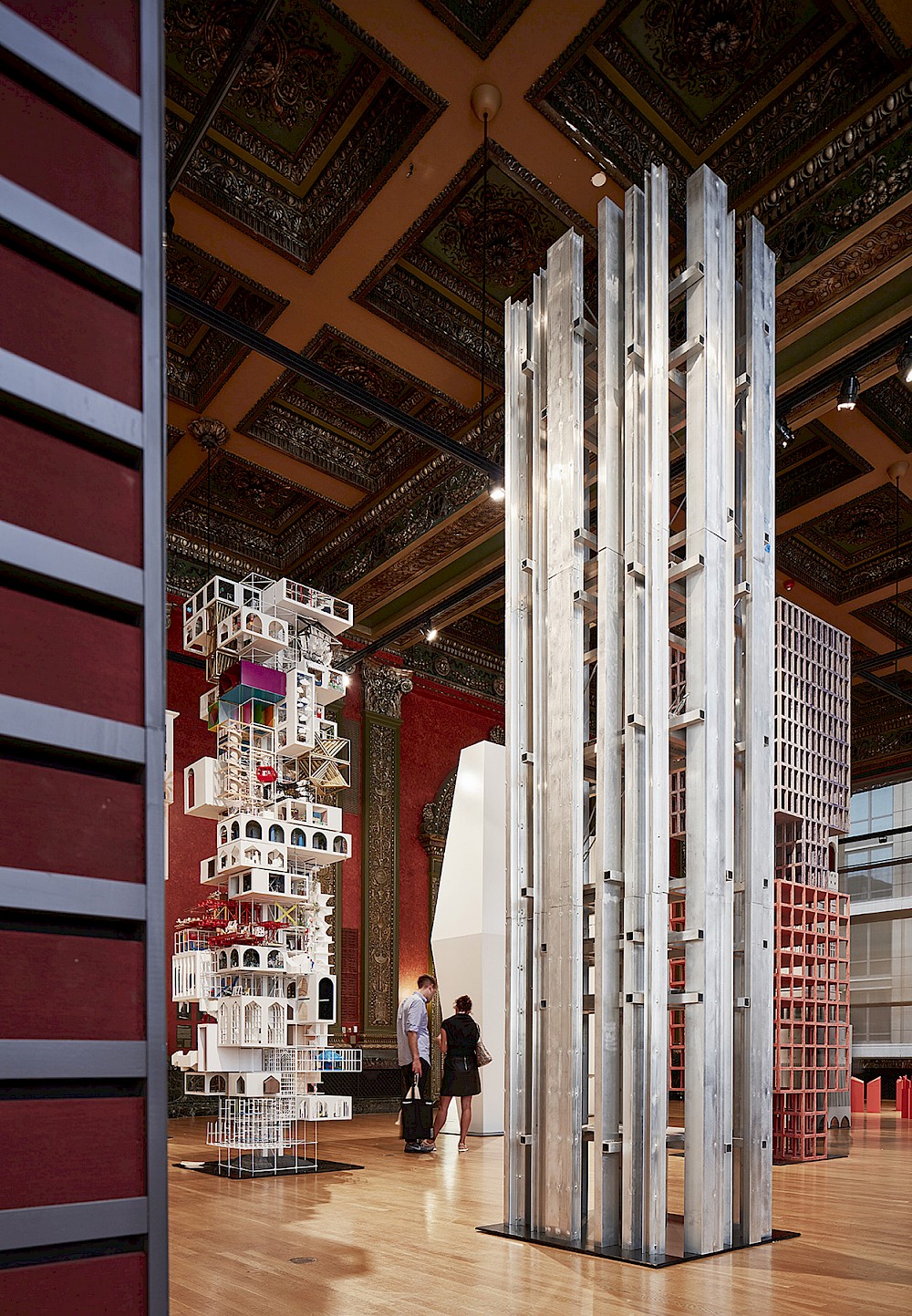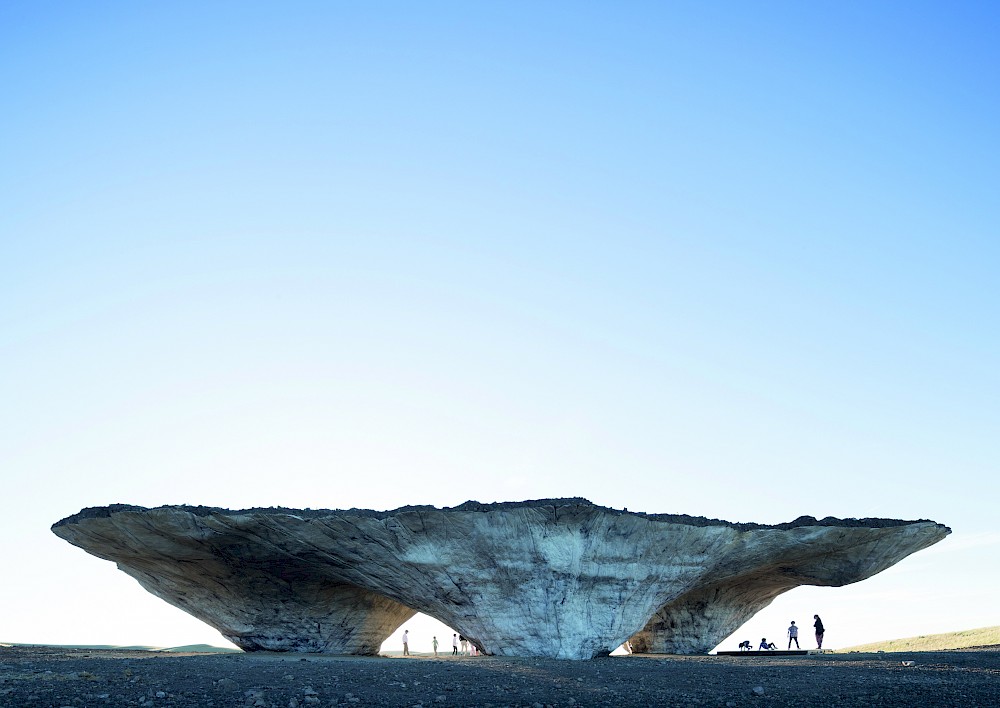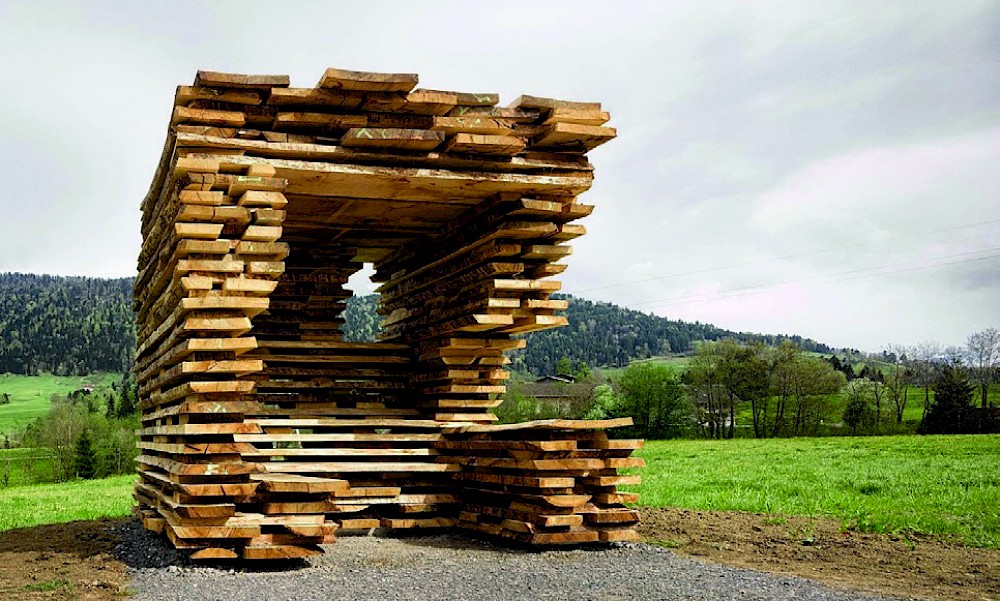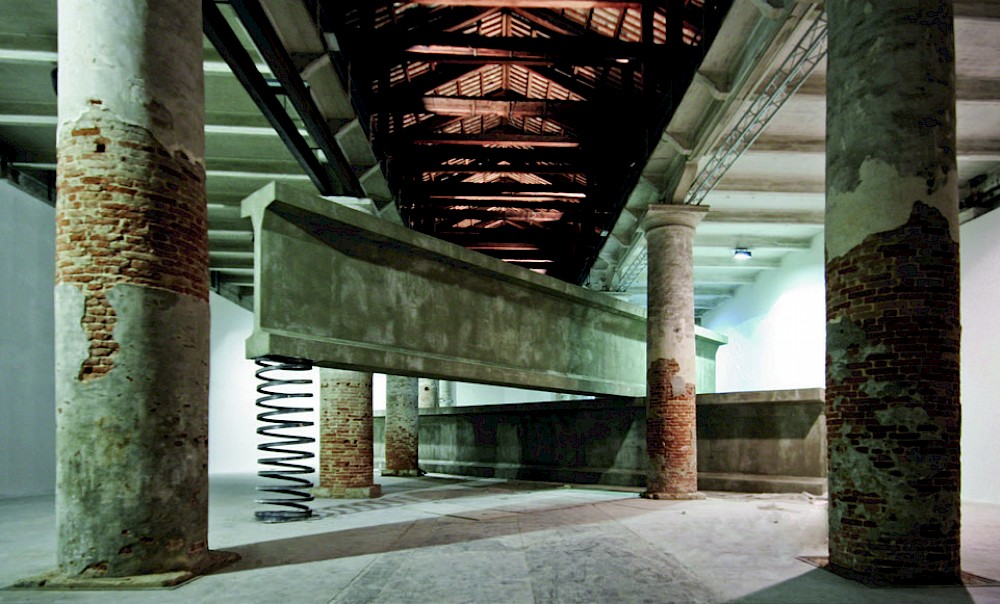BIENNIAL PROJECT
Big Bang Tower: A Column of Columns for the Chicago Tribune
In our contemporary culture working spaces can no longer be understood as the fixed cubicles where the worker spends the entirety of her day immersed in her own particular task, progressively accumulating piles of paper that will require ample amounts of physical storage. A shift of paradigm is happening, enabled by information technologies, that opens new avenues to reimagine the meaning of space. An office can be a cubicle and also an open co-working area, a cafe, a lounge, a lab, a multipurpose room, virtual substance in the cloud, a room in your house, and much more. This diversification, and enrichment, of the meaning of “office” provides the opportunity to think about architecture in renewed urban terms, especially when the structure that supports such expanded function is a tower with a large physical presence.
Big Bang Tower embraces the scale of the city and the need for transformation in its programs. The convenient shell and core concept developed for modern office buildings is given new spatial scale and quality. The horizontal structures that tie the perimeter columns together contribute to this purpose varying their position, area, and height: manifold ways of framing the city and connecting interior spaces are provoked. This column of columns, that learns from history and reframes the context of the Chicago Tribune Competition, is not dismissive of the competition goal to design “the world’s most beautiful office building.” It looks for the revision of typology and its relation to the urban context.
BIO
Ensamble Studio is a cross-functional team established in 2000 and led by architects Antón García-Abril and Débora Mesa. Balancing education, research, and practice, the office explores innovative approaches to architectural and urban spaces and the technologies that build them. Among the studio’s most relevant completed works are Hemeroscopium House and Reader’s House in Madrid (Spain), Music Studies Center and SGAE Central Office in Santiago de Compostela (Spain), The Truffle in Costa da Morte (Spain), Telcel Theater in Mexico City, and—more recently—Cyclopean House in Brookline (USA) and Structures of Landscape for Tippet Rise Art Center in Montana (USA). Their work is extensively published in both printed and digital media and has been exhibited and awarded internationally. Beside their professional career, both principals keep a very active research and academic agenda as directors of the POPlab (Prototypes of Prefabrication Research Laboratory) at the Massachusetts Institute of Technology (M.I.T.), that they founded in 2012.



